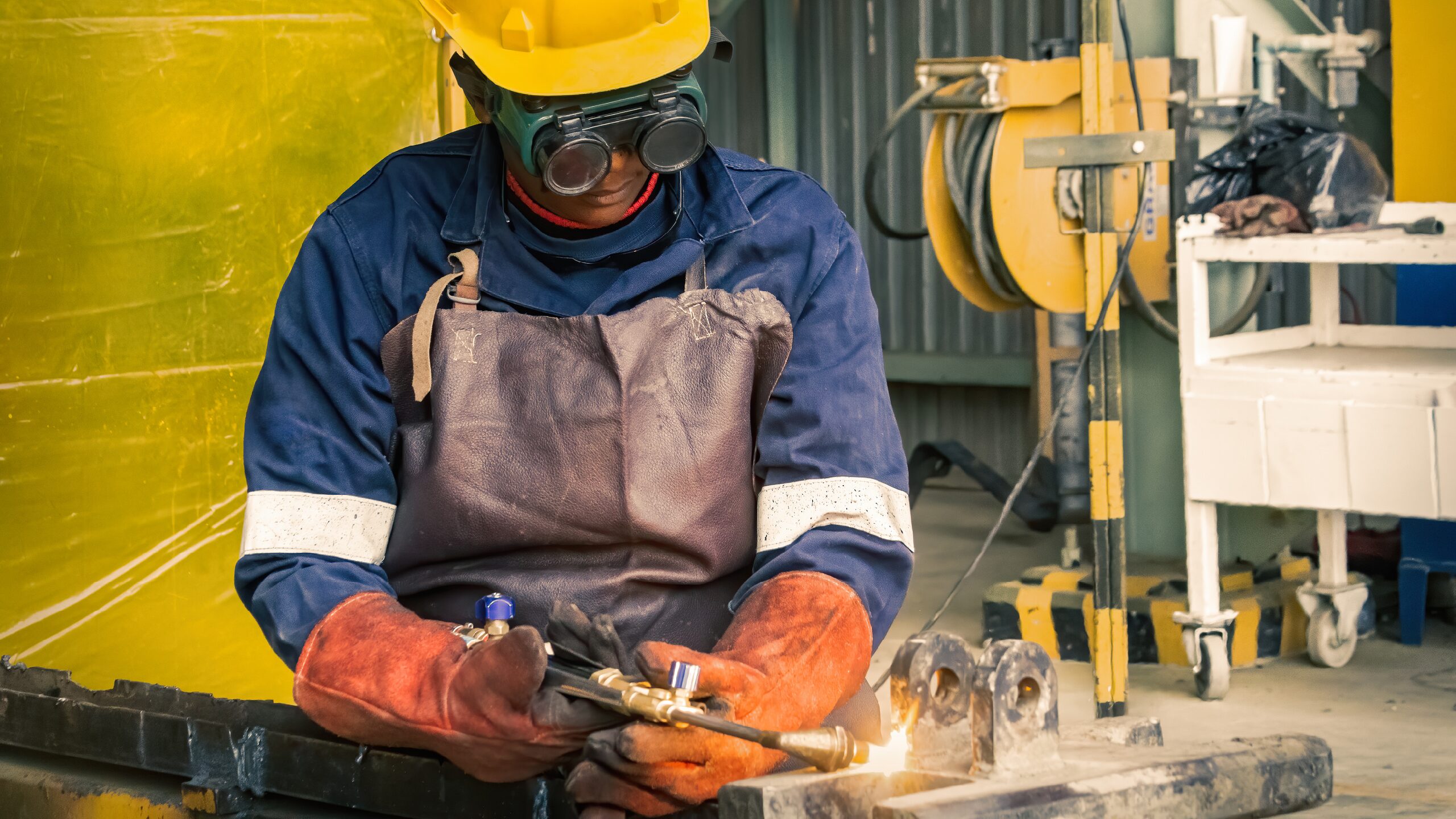Man Crushed By Defective Positioning Machine: A Biomechanical and Mechanical Analysis

,
Robert J. Nobilini, Ph.D. ::::
Case Synopsis: A welder was crushed to death while welding a large 1200 pound stainless steel part that was being supported by a positioning machine. The positioning machine was used to hold the part in various positions to allow the man to access areas of the part that required welding. The man was found sitting on a box, leaning forward with the part pushing down on his back. It was determined that the table of the positioner had tilted forward such that the part moved down onto the man and then stopped. The pendant controller for the positioner was found lying face down on a pile of wires and hoses with the emergency stop button depressed. A mechanical and biomechanical analysis was performed to determine how the accident occurred.
Expert Analysis: After the incident, the orientation of the table in its final rest position was preserved in scene photographs. The table of the positioner was mounted on two large sector gears that allowed the table to be tilted. By counting the number of exposed teeth on the sector gear in the photograph, it was possible to determine the tilt of the table at its final rest position.
Computer Aided Design (CAD) software was used to reconstruct the incident scene using measurements taken from the incident positioner and from drawings of the incident part. An anthropometric model of the plaintiff was used to help determine the position of the part prior to the incident. It was determined that because the location where the plaintiff was working was so far from the pivot point of the positioner that the positioner only had to rotate down a few degrees to move the part to its final rest position and crush the plaintiff. Tests performed with the pendant controller of the incident positioner revealed that the amount of movement that occurred during the incident was consistent with a momentary depression of the down tilt button on the pendant controller.
It was determined that the man had brought the pendant controller with him, under the part that he was welding and placed the controller on either his lap or on a ledge of the part while he was welding. The controller fell and landed face down on a pile of wires and hoses. The irregular shape of the hoses and wires caused the down tilt button on the controller to be momentarily depressed before the emergency stop button on the controller became depressed. It was further determined that this inadvertent momentary depression of the down tilt button was one factor in the incident.
The analysis also showed the subject incident could have been prevented had a commonly used safety device, known as a ring guard or push button guard, been installed on the buttons of the pendant controller. The incident machine was determined to be defective for a number of reasons including that it lacked the necessary guards to make it safe for its intended use. Furthermore, the defective condition of the positioner was determined to be a factor in the causes of the subject incident.
Result: The case settled favorably for the plaintiff.
Categories: Case Studies


